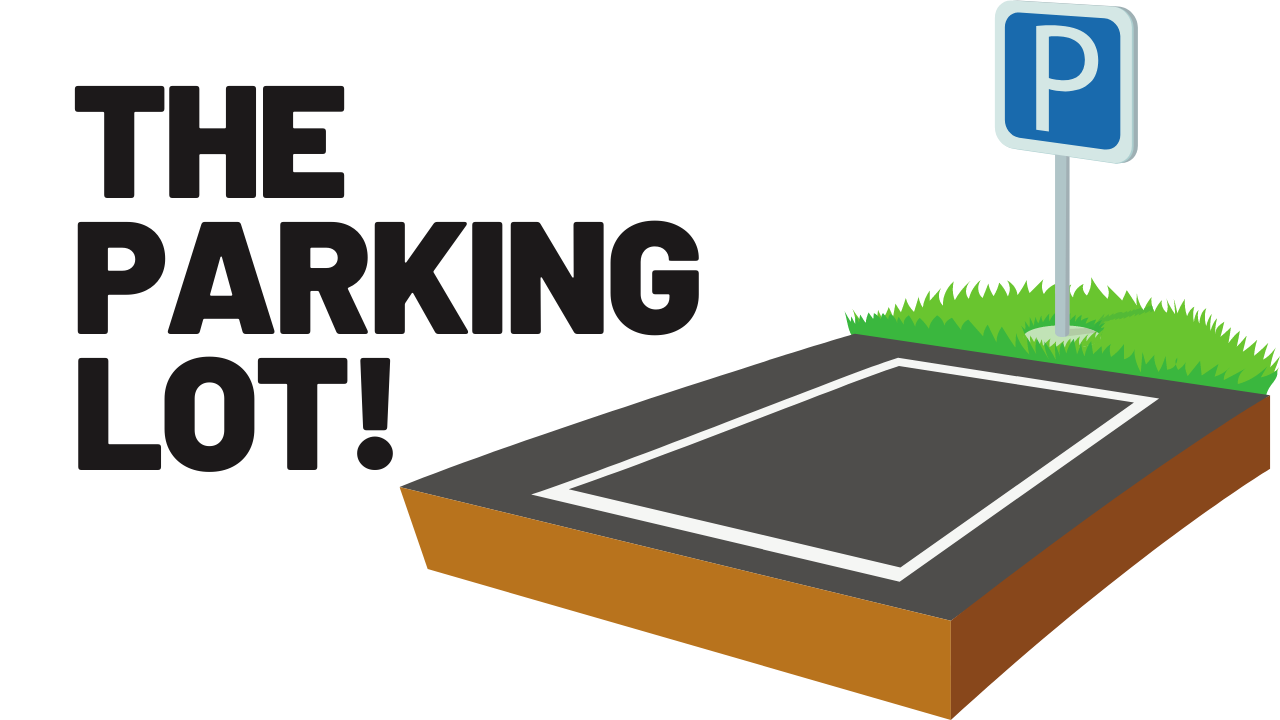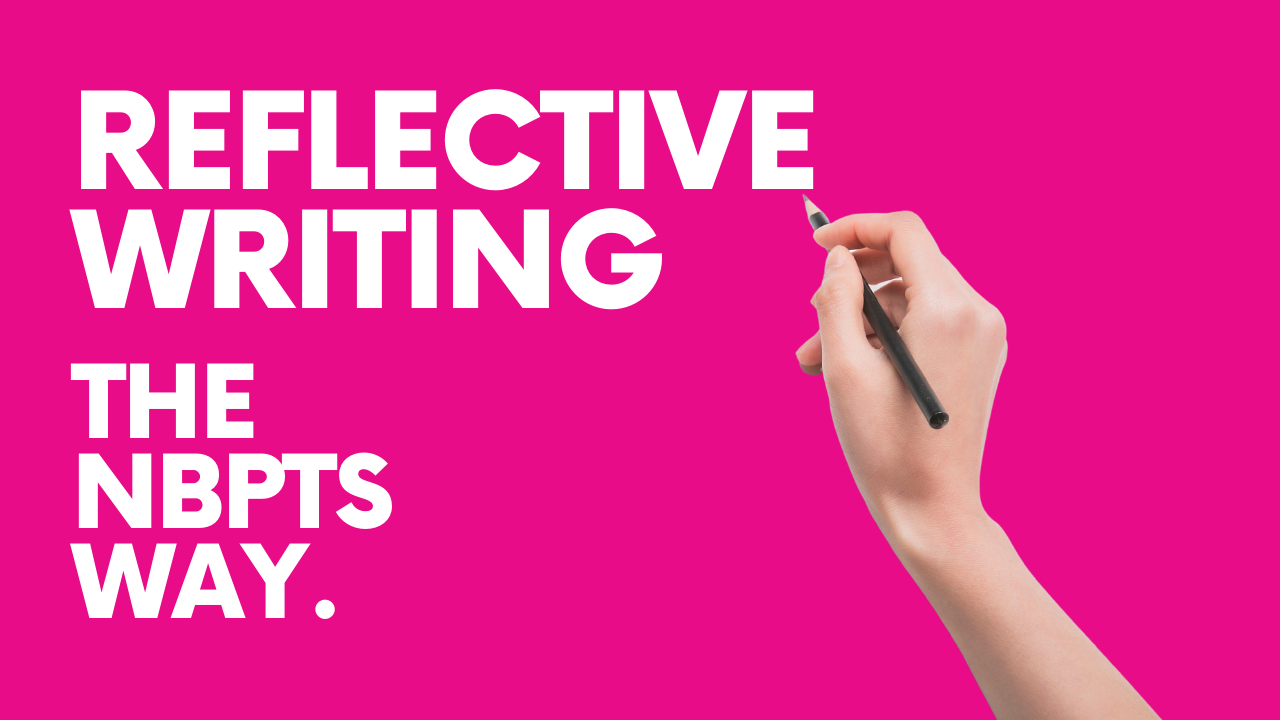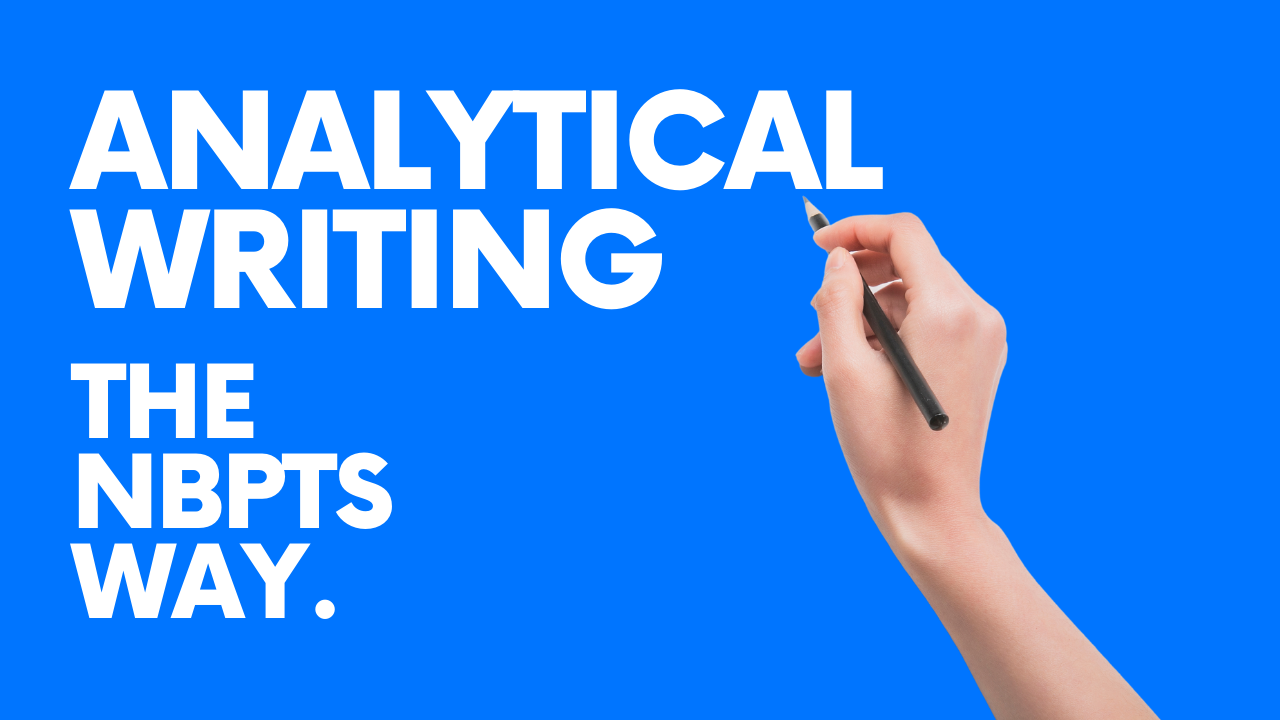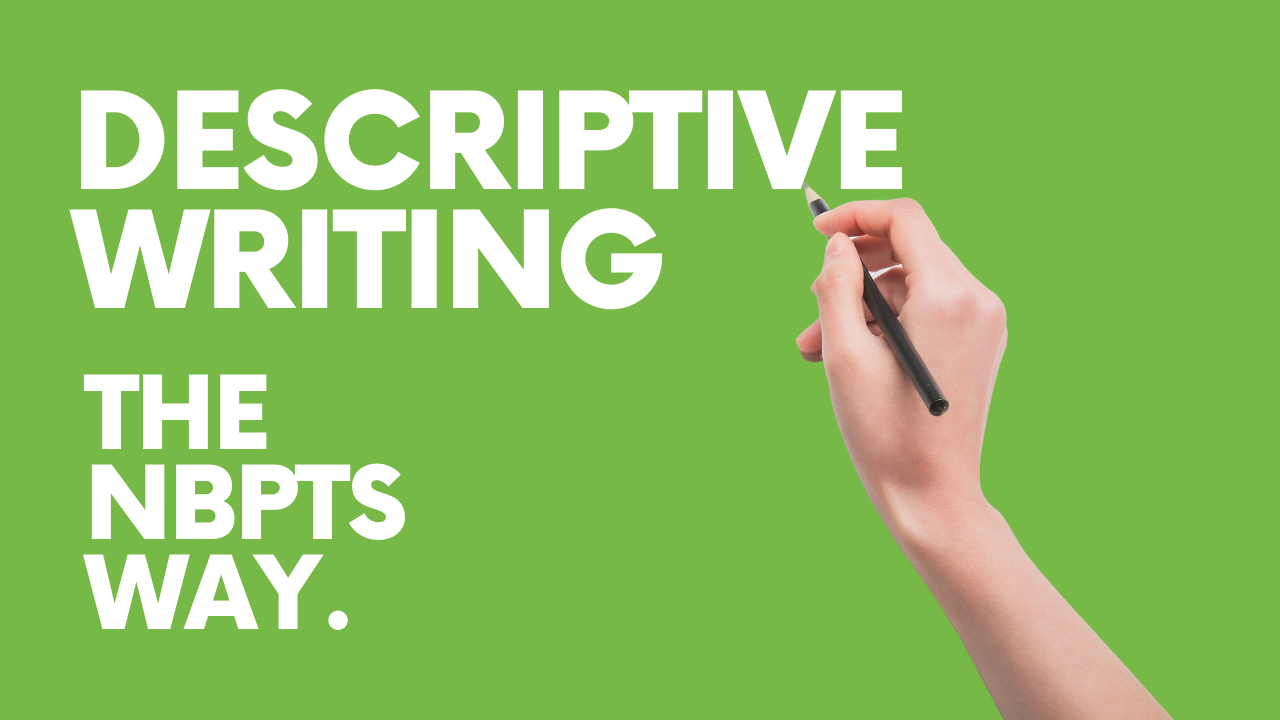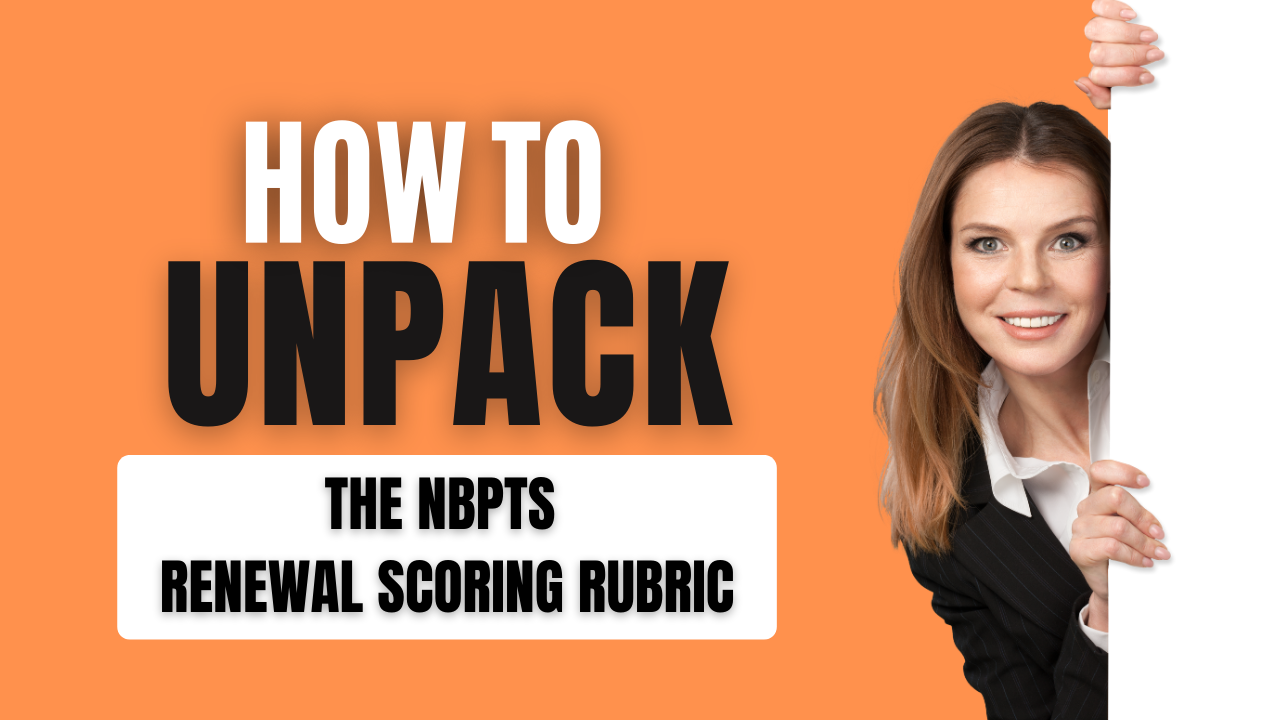Tracey Bryant Stuckey's Blog:
Education Redefined
The Parking Lot is an exercise that I use with my students in planning and conversation. Often times when students and even adults are tasked with a big project, ideas come up and ...
This is the 24-million-dollar question that almost every National Board Certified Teacher (NBCT) candidate asks themselves at one point or another during the initial, retake, or MO...
In this post I will be discussing the third and final writing style that will prove your ability to reflect on your teaching and students’ learning in a deep and meaningful way. T...
In this post I will be discussing the second and most important writing style necessary for producing a portfolio that shows convincing evidence toward meeting the rubric bullets. ...
Webster’s Definition of Milestone…
an action or event marking a significant change or stage in development
-Babies reach milestones.
-Toddlers reach mileston...
Unlike the initial certification process for the National Board of Professional Teaching Standards, the renewal process allows for only a few pages of written commentary, which req...
The National Board for Professional Teaching Standards has nine clear and concise rubric points that should be followed from the beginning to the end of the Maintenance of Certific...
There are so many types of needs but in the classroom the ones that matter are:
- Your own professional needs
- Your students’ needs
- Parents’ needs
- Colleagues’ needs
- Community n...
The National Board Certification renewal process is built on developing two powerful professional growth experiences (PGEs) that showcase a teacher’s work since initial certificati...

